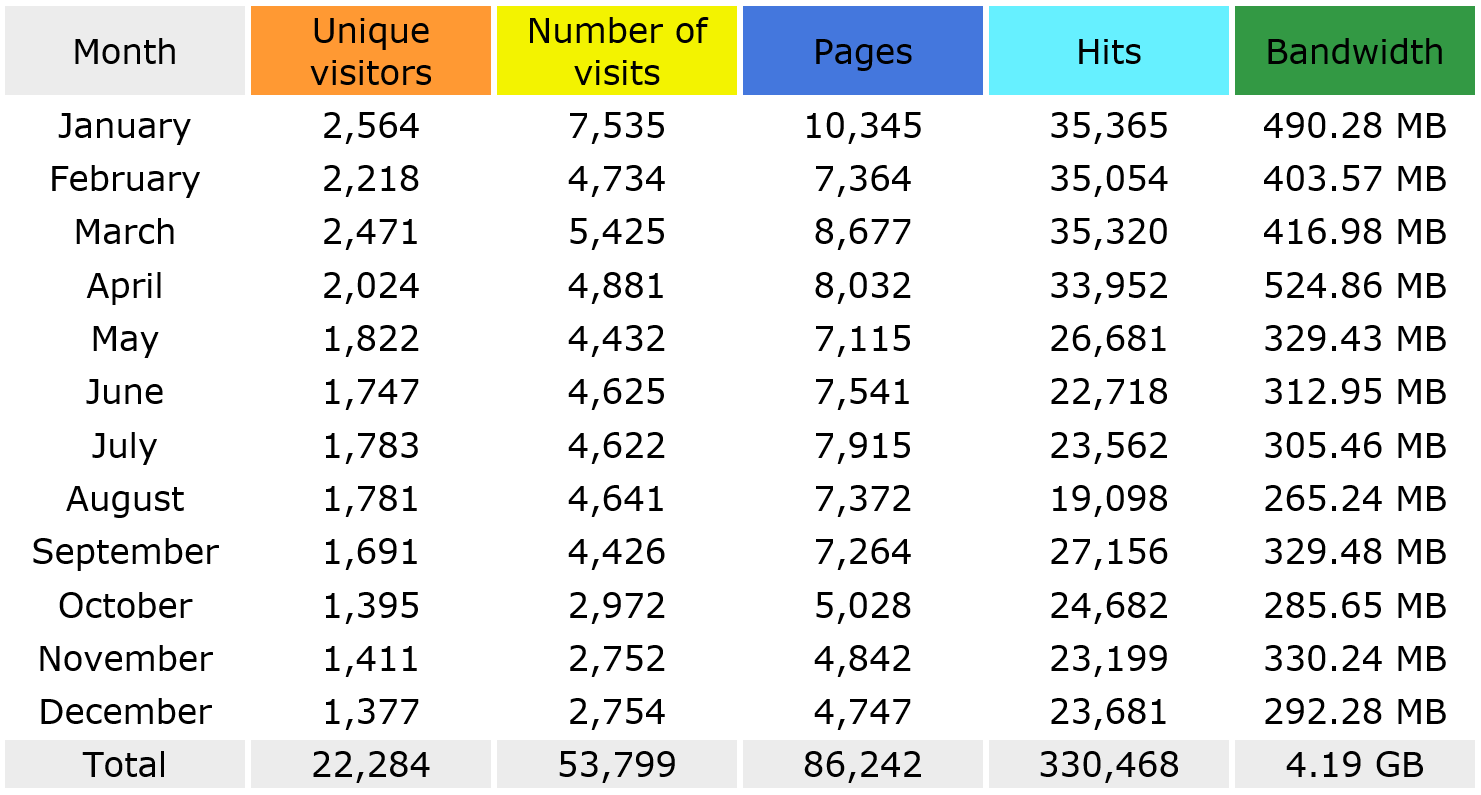 Portfolio Website
Portfolio WebsiteBy Gideon T. Rasmussen, CISSP, CRISC, CISA, CISM, CIPP
A portfolio is used to present your work, which helps hiring managers evaluate you as a candidate. A portfolio also distinguishes you from the competition.
A portfolio website can also be used to host content to give back to the community. Sharing your expertise defines you as a professional.
A LinkedIn profile has limited functionality that is difficult to navigate due to one long, scrolling page of content. Here are tips to establish your own portfolio website:
– Create or significantly improve a process to generate revenue
– Increase efficiency to expand scope or reduce cost
– Establish new capabilities to identify or mitigate risk
Establishing those first few pages is attainable. Having the site up and online will provide you with a feeling of accomplishment and a desire to add more pages and content.
Next, add pages to represent your accomplishments such as certifications, articles and presentations. Provide links to your social media profiles including LinkedIn, Twitter and Instagram. Post professional development content to provide advice to others. Create a page or two that represent your personal interests, hobbies, etc. Reference my site for ideas.
Your website content will draw visitors through search engines. The number of visitors may surprise you.

Take your personal branding to the next level and drive opportunities towards you!
Click here for more professional development tips